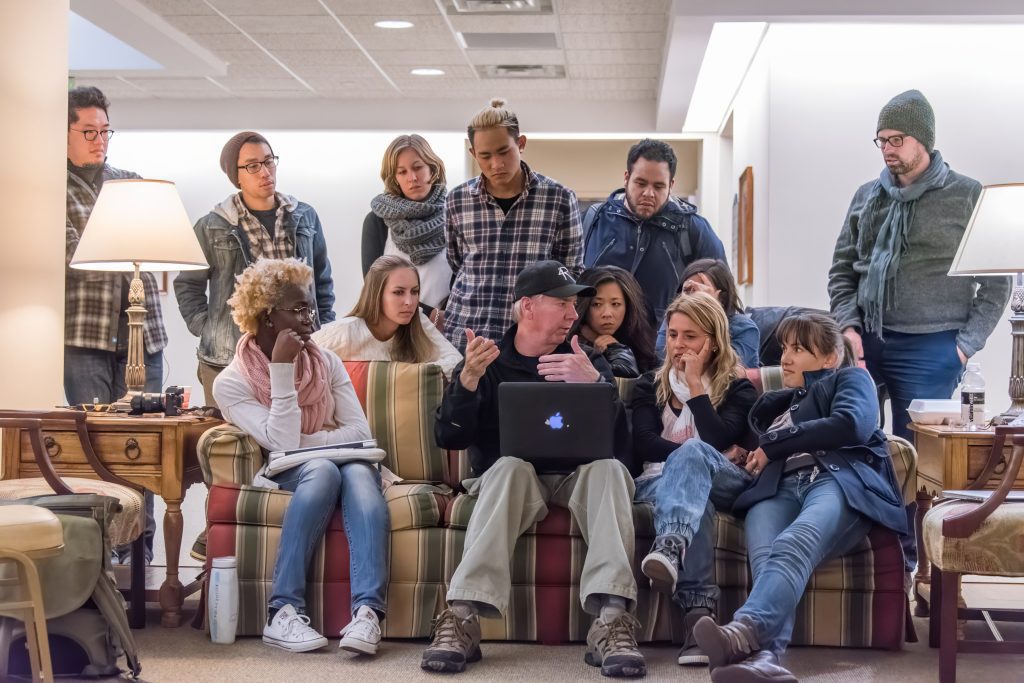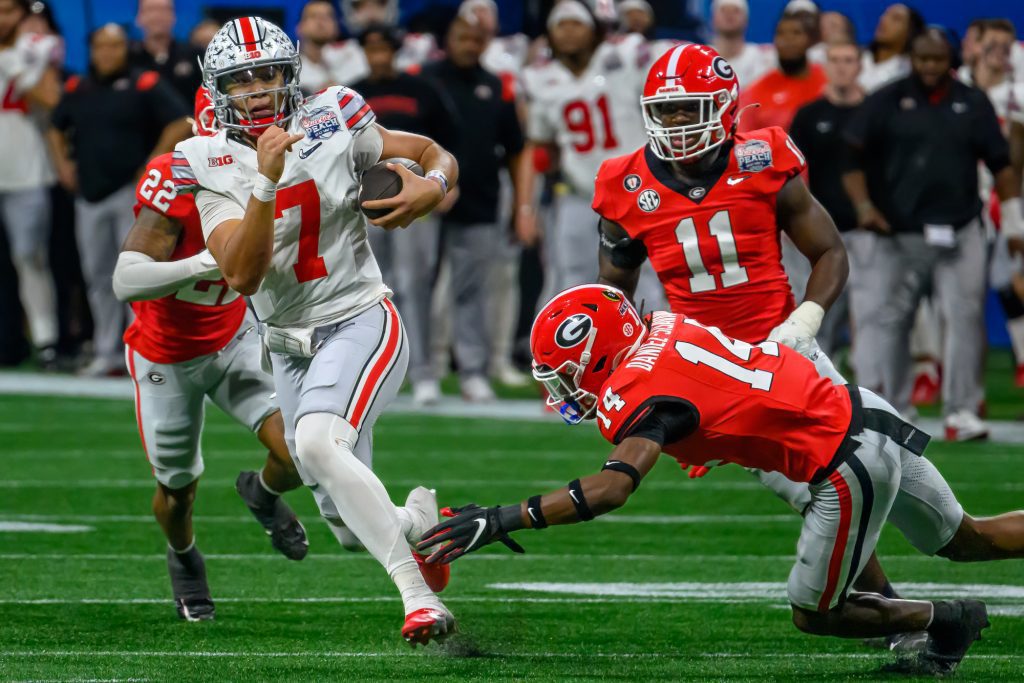While in London a few years ago, our family used the subway system. You hear “Mind the Gap” every few minutes” over the speaker system. In the US, we say, “watch your step.” But we apply it to just about everything; where in London, it was used to alert riders to the space between the platform and the train cars.
Every January, we are reminded about starting fresh. At some point each year, even if you don’t do it in January, you need to step back from your business and rethink everything you do.
Here are some things I am working on this year, and you might be interested in doing them yourself.

Where do you start?
Start with the customer. Too many businesses need to pay more attention to their customers’ importance.
Steve Jobs believed sales and marketing had overtaken the C-suite, and the product people were driven out of decision-making. The advantage that product designers have now, which Jobs didn’t in his day, is a wealth of data about the user to inform their product-design choices.
Product designers are focused on solving problems for people. Some of the best things you can do are get to know your customers and ask them what issues they are dealing with today.
When you are focused on the customer, you are making your services focused on solving their problems, and you may discover you need to change your product or your target audience.

Know Your Target Audience
My customers struggle to tell their own stories to their customers in a concise and precise way. While I specialize in visual storytelling, I have become a strategic thinker for my clients through the years. I ask questions and learn as much as possible so that when I pitch solutions, they are solutions to problems that exist for the client.
Profit & Loss
It is time to reevaluate the numbers for the cost of doing business each year. We are experiencing inflation, meaning your expenses have increased no matter your industry. While this can lead to underestimating capital requirements and the company’s demands, the biggest mistake I see playing out is undervaluing your product or service.
Over ten to fifteen years, I could have done an excellent job adjusting my prices. But instead, I was so fearful of losing work that I slowly lowered my income for the same position each year.
I have seen many businesses raise their prices but communicate to the customer why there was an increase. Some restaurants put this information on the receipts and menus.

Competition
One of the biggest mistakes I always make because I am human is obsessing over the competition. Of course, competition matters, but you must also concentrate on other essential aspects, such as understanding your targeted customers and self-measurement. People [your customers] will observe you if you focus on developing your business the best way possible, and opportunities will come automatically.
Knowing Everything
While today with many years of experience, I know much more than I did when I started, I still have much to learn. I must be careful not to pretend like I know everything.
Some tip I have learned lately and will be working on implementing more this year is how to deal with questions from clients when I don’t know the answer right away.
You Don’t Know
First, don’t panic. Often a client will phrase a question so that it can appear you don’t know the answer. Take the time to clarify their question. Ask follow-up questions that lead you to understand what they are trying to solve. I have found that sometimes they have heard about other products, and they may not be the best solution.
One of the best responses is “let me check on that for you” or “I want to do a little more research on that for you.” Don’t pass them off to someone else. I love it when I ask an employee in a retail store where to find something, and they stop what they are doing and walk me to the product and then even ask if there is anything else they can help me with.
While you may be an expert in your product or service, surround your business with consultants. We often think of an accountant or a lawyer, but many other services, like visual storytellers, can help.
The best time to see an accountant is before starting your business. They help you set up your books to be ready for taxes.
I can help you in similar ways to plan and save your time and money.

Create A Plan
Taking the time to pause and think is the same as “Minding the Gap.” You are evaluating your next steps so that they are not mistakes. Your plan should have things to do today and then have something that will happen at different times this year.
The best part of “Mind the Gap” is getting on the train that takes you to your destination.























